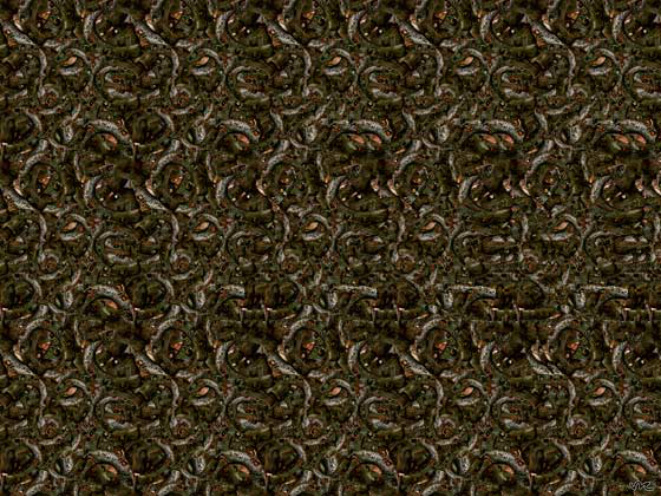
I was recently meditating on this verse when it suddenly hit me: How many American cities and towns have streets named Broadway?
I couldn't find a count online, but I've known some Broadways personally over the years.
Growing up in Green Bay, Wis., Broadway featured tavern after tavern. Legend had it that bars were not allowed west of this north-south street paralleling the Fox River, so it was the thirsty man's last oasis before heading out into the booming west side of the city. My gang didn't know if that was true or not; all we knew for sure was that Broadway was easy street for any underage drinker armed with a fake ID and a powerful thirst for the forbidden.
Then there's the most famous Broadway, in New York city. I haven't been there since I was a kid, but just glanced at what's running right now. Among the biggest hits: Wicked, The Book of Mormon, Kinky Boots, and Rock of Ages (no, it's not about THE Rock of Ages; it's a "rock musical set in Hollywood in the 1980s, when it was all about big chords, big dreams and big hair!" Sounds hilarious, doesn't it?) So many ways to be amused, entertained and distracted from life's most important questions.
I google-mapped "Broadway" in a random assortment of cities and found every last one to be run down and dotted with taverns. Precisely what you'd expect from "the way that leads to destruction."
I'm sure there are plenty of exceptions, but still -- it makes me wonder what the biblically literate city planners of 19th century America were thinking when they named so many of our nation's streets "Broadway."
I'm just eternally grateful that the Creator of the universe did what He had to do to persuade me to seek the narrow way "which leads to life." I hope that you and your loved ones have all done so, too.




 RSS Feed
RSS Feed